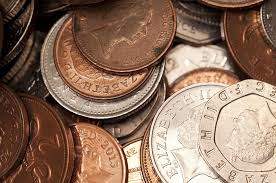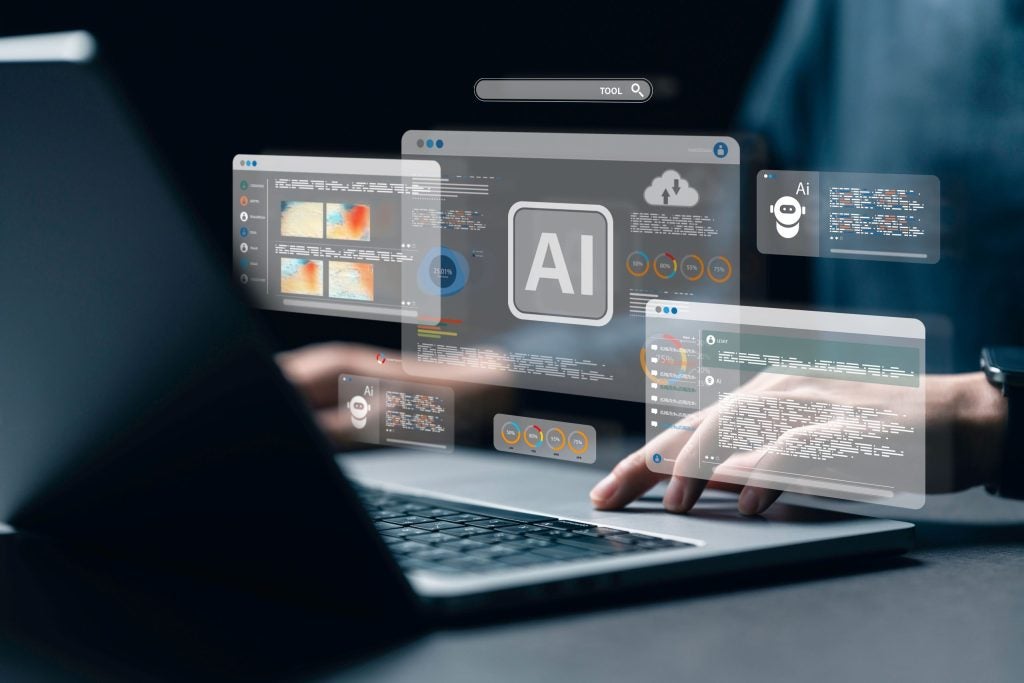Peter Thomas, chief operating officer of the Leasing Foundation, gives an overview of new technologies that will impact the leasing industry. This month’s focus is blockchain.
What is it?
In every area of our lives we rely on trusted third parties – lawyers, banks, government agencies – to process and keep information securely.
The most obvious example of how we place our trust in third parties is money. Financial institutions evolved to enable us to conduct trustworthy transactions with strangers – whether they are individuals or companies.
But those same financial institutions – that keep central records of who owes what to whom – are vulnerable. Databases can be corrupted, personal details stolen, and – as we have seen over the last decade – the same security that is necessary to protect information can make it hard to identify when fraud is happening.
Enter blockchain, a technology that aims to address the weaknesses of keeping information in one central location.
How does it work?
Blockchain is a distributed ledger of transactions that does not rely on any one individual or organisation to maintain its integrity.
How well do you really know your competitors?
Access the most comprehensive Company Profiles on the market, powered by GlobalData. Save hours of research. Gain competitive edge.

Thank you!
Your download email will arrive shortly
Not ready to buy yet? Download a free sample
We are confident about the unique quality of our Company Profiles. However, we want you to make the most beneficial decision for your business, so we offer a free sample that you can download by submitting the below form
By GlobalDataIn a blockchain, every transaction between parties – whether that’s transferring money or anything else – is published to a distributed network of computers.
On every computer in the network there is a copy of the blockchain ledger. Batches of transactions are released in a ‘block’ to be validated by the network and added to the chain of transactions in chronological order – and so the idea of a ‘blockchain’.
The use of sophisticated cryptography ensures the integrity of the transactions, as they must be signed using a cryptographic key. And because not just one, but many computers need to confirm that a transaction is valid, it makes tampering virtually impossible. The mathematics behind blockchain is complex and the use of specialised hardware means that a blockchain is practically impossible to copy, change or modify.
Why is it important?
Blockchain technology was popularised by the Bitcoin digital currency system – what is called a cryptocurrency – which is how most of us will have heard about it.
Bitcoin is nothing more than a wallet app that allows a user to send and receive bitcoins – virtual currency. It’s a way of transferring money securely and makes sure we can’t spend money we don’t have, or spend the same money twice.
There are now lots of cryptocurrencies. Setl (SETL.io), for example, a London-based institutional payment and settlement infrastructure, aims to settle financial market payments with digital cash linked directly to central banks; last year Citigroup announced it was working on its own Citicoin solution, and the US Federal Reserve, the Bank of England and the Bank of Canada are among central banks examining the potential benefits of digital currencies. Janet Yellen, chair of the Federal Reserve, recently said banks should “do all they can to learn about financial innovations including bitcoin, blockchain and distributed ledger technologies”.
But blockchain has now moved beyond Bitcoin and into other commercial transactions. Blockchain is now being considered in trade finance, where it can replace letters of credit – a widely used way of reducing risk, but one that creates a large paper trail and is time-consuming – and so simplify trade finance processes: HSBC and Bank of America Merrill Lynch’s venture and financial technology firm R3 has developed a blockchain platform to process accounts receivable purchase transactions and letters of credit.
What impact will it have?
The appearance of cryptocurrencies such as Bitcoin raises the question of how this technology might be abused. Bitcoin is just money, and money has always been used for illegal purposes – just as cash, credit cards and other forms of banking have. We understand how to combat fraud for these types of payment, and although Bitcoins are completely impossible to counterfeit, transactions in the blockchain are irreversible and backups, encryption, and multiple signatures ensure the integrity of data, there are still opportunities for crime because if blockchain enters the mainstream, anyone with access to the internet can use it.
Our current understanding of the complex software technologies behind blockchain is still evolving, and there may be threats we don’t yet understand.
Blockchain’s use is still tiny. Currently only around 0.025% of global GDP is held in the blockchain, but financial and other transactions will move to blockchain as they come to understand the opportunities to use blockchain to combat fraud or speed up back-office processes. Having initially been sceptical about blockchain, banks are now exploring how they can exploit this technology not just to create cryptocurrencies, but to speed up settlement and release capital tied up supporting trades in global markets.
Because blockchain technology is so new, it’s difficult to predict exactly how it will end up being used, but it does seem to offer opportunities to create new kinds of services and new ways of doing business.
For example, Everledger (everledger.io) uses blockchain to record information about the provenance and ownership of diamonds and other valuables. Here, rather than the blockchain recording transfers of digital currency, it records transfers of ownership of physical assets. This use of blockchain provides a globally accessible data trail that can reduce fraud and theft and enable new kinds of insurance and finance services. Everledger relies on major diamond certification companies to measure identifying information about diamonds, so it doesn’t remove the need for a trusted third party, but it does reduce our reliance on trusted third parties.
Another example of the use of blockchain is in what are called ‘smart contracts’. Since computer programs are just data, we can store that data in the blockchain ledger and execute the programs while transactions are being processed. This is the idea behind Ethereum (ethereum.org) which uses smart contracts that execute based on business conditions and the state of the blockchain ledger. In the case of Ethereum this means we don’t just store information about commercial transactions, but can also process complex commercial transactions.
The same approach could be used to innovate supply chains in any industry where the aim could be to improve safety, enhance the customer experience or ensure confidentiality.
In leasing, blockchain can record the lifecycle of assets such as vehicles in a secure distributed ledger that shows all the interactions that lessees and lessors have had with the asset. This means each vehicle has a digital fingerprint that records all transactions throughout the leasing process. This is the approach used by the DocuSign Digital Transaction Management and eSignature platform (docusign.com) that aims to streamline the leasing process from a customer’s point of view. It also offers opportunities to track activities – distance travelled, average speeds, hard-breaking events, for example – and provide savings on insurance, or advice about leasing options.
Blockchain is still in its infancy. It’s a disruptive technology – just as AI and chatbots, which I discussed in the last column, are. There are lots of possible scenarios for blockchain’s impact – from simple improvements in efficiency to complete reinvention of the economy.






